I asked for some advice here a couple of months ago about transitioning to espresso from Aeropress, and have since done that, and thought my journey my have some lessons for others, or y'all might have some ideas for my remaining issues.
Journey
Instant -> Nespresso pods -> Aeropress -> multiple daily espresso
Machine
After a bit of research, I was quite keen on the Sage/Breville Dual Boiler, but it was well out of my price range. I ended up purchasing "The Infuser" which is like their bean to cup Barista Express without the built in grinder. I had been planning on getting the Bambino, but the Infuser was less money (AUD350 - perhaps this model is being retired) and seemed more like a 'real' espresso machine.
The Infuser is a 54mm portafilter, PID, three way valve machine. The water heats quickly (although not as quickly as the Bambino) although I tend to turn it on and let it sit for a while to let the group head warm through anyway.
It's supposed to have volumetric dosing, but the volume output changes with the grind, so perhaps this is just setting how many pumps of the little piston pump or something. It's not time either. In any case, it does allow you to make repeatable shots once you've dialed in and set it. The setting is very simple to change.
The water tank is plenty big enough for me, and the drip tray might be on the small side - I generally empty it every coffee but you could probably do two.
Accessories
I have a personal failing wherein I buy too many gadgets when I'm excited about a new hobby. I'd originally started with a Rhinowares hand grinder with my Aeropress, but had found a 2021 Timemore C2 on eBay which is nicer to hold, and grinds the same amount of beans with a lot less turns. Perhaps it is visibly more consistent particle size, or perhaps I'm imagining that to justify this purchase.
I'm very happy with the eBay puck screen I purchased. I don't know that it's making the coffee any better, but it's keeping the group head clean enough that I don't bother scrubbing it after each shot, and the pucks I tip out of the portafilter have gone from 6.5 to a 3.5 on the Bristol stool chart.
I also got the cheapest ring that goes over the portafilter I could get for charging the basket, and that plus reducing to around 16gm of beans (I only use the double unpressurised basket) means I don't up with tiny specks of coffee all over the kitchen which was a constant issue when I started.
I also have a $2 eBay needle distribution tool, a couple of swirls with that means that when I bang the portafilter on the bench a twice I have a pretty flat, clump free looking bed of grounds that I've just been tamping with the supplied plastic tamp. I've never used anything different, so this seems fine to me although I wish it was a tiny bit bigger as there's a visible ridge left around the outside after tamping. This is probably a future upgrade.
I bought a couple of 220mlish ceramic cups, which I love the look and experience of. If you popped in to see me, that's what I'd serve you, but for daily use I use Duralex 220ml latte glasses since I'm still getting used to the milk frothing process and it's easier to see how that's gone in a glass.
The Experience
My main concern going to espresso was that it would be more mucking on than the Aeropress and that I'd give up and go back to that. Actually, it's probably a similar amount of carry on - just more bench space. They are both more time consuming than the Nespresso machine, but in my opinion worth it for the better coffee experience.
Dialing in has been a bit of a challenge - I'm chasing 16 in, 32 out in 30 seconds, but the click steps on the Timemore seem too big. For example on the medium roast I'm drinking this week that recipe goes from 22 seconds to 50 seconds with a single click. I'm not sure if I'm doing something wrong - I don't think so. In any case, I've just been choosing whatever is closest, and altering the dose and tamp pressure tiny bits to try and improve it a little as I work though that lot of beans. This seems fine for milk drinks.
Fussing on frothing the milk seemed like an optional thing to me, and I wasn't sure I was going to bother (with the Aeropress I just microwaved my milk) but that silkiness of the milk coffee when this is done correctly turns out to very worth. My latte art is highly variable, tending to mostly rubbish @[email protected] knows what I'm talking about. I think my frothing is fine, but other people seem to be able to decide when the white blob appears on top, whereas mine randomly appears when it feels like it - often too close to the end of the pour when the cup is full. I'm sure this is to do with distance and speed of the pour and I'm missing something important. Feel free to offer suggestions.
The steam wand on this Breville is quite slow (which is probably a plus for me while I'm learning to steam milk), and makes a horrid squealing noise that no one would want to hear in the morning. I don't know if that's all steam wands in the world, just this model, or just my machine or my technique, but the cure seems to be to lower the jug and make half a second of stupidly large bubbles then put the tip back in.
Stopping steaming when I was burning my hand on the jug (which seems to be the standard advice) produced coffee that wasn't hot enough, so I purchased a milk temperature gauge, and highly recommend this. I've started counting how many seconds after the jug is too hot for my hand before the temperature gauge is just touching the red zone, so I could probably ditch it now.
Conclusions
Basically - no regrets. I'm enjoying lovely coffees that feel like a treat every day. I think a grinder with finer steps might be in my (distant) future, and I'd like to solve my latte art issues, but overall the experience has been a source of joy.


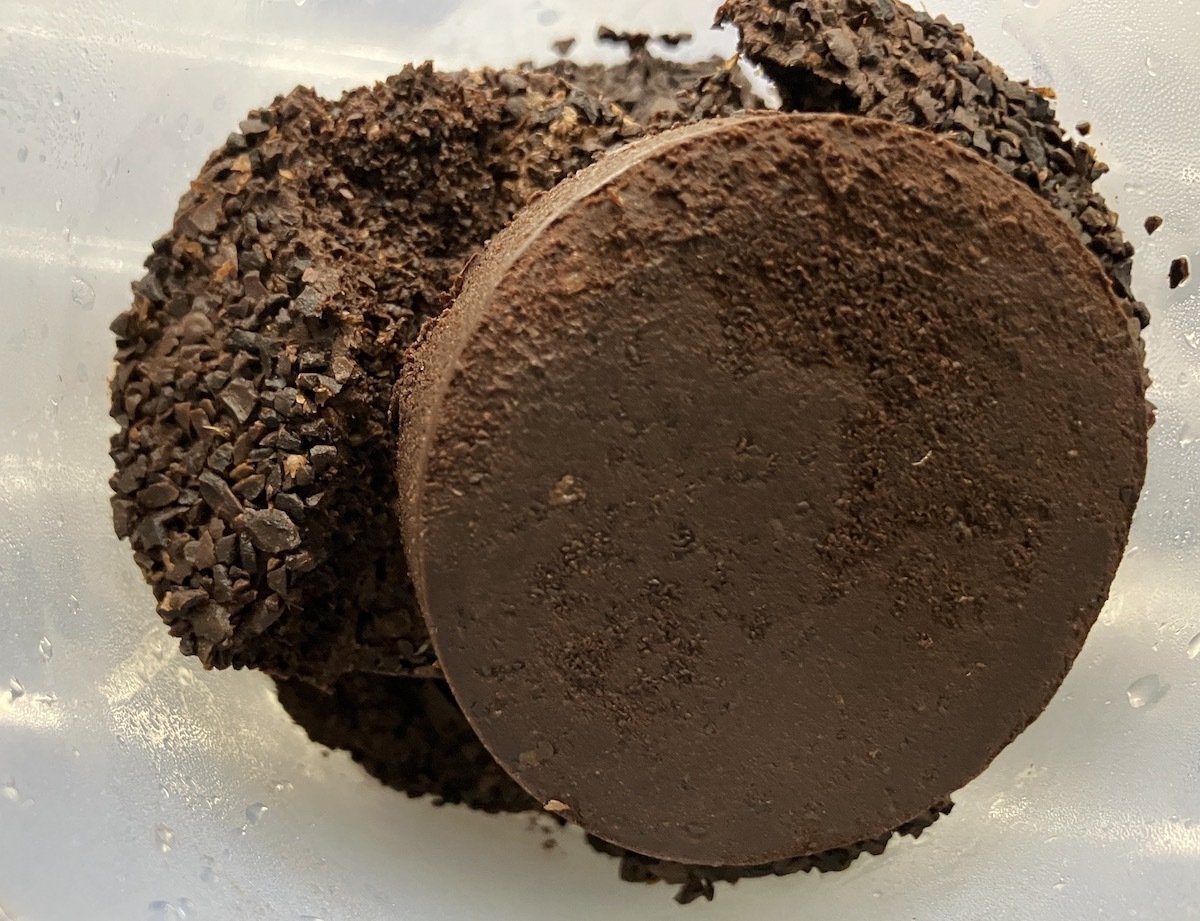
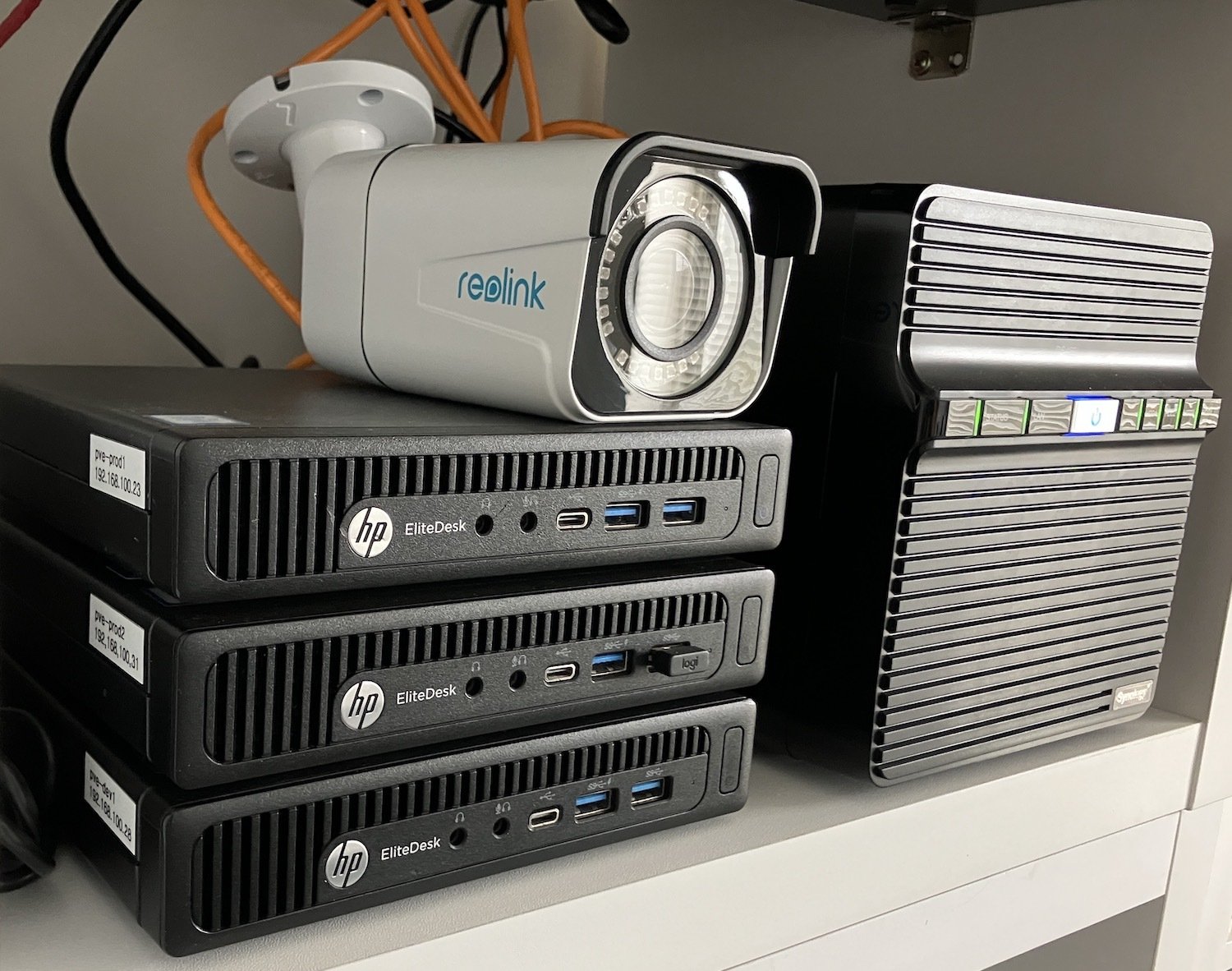
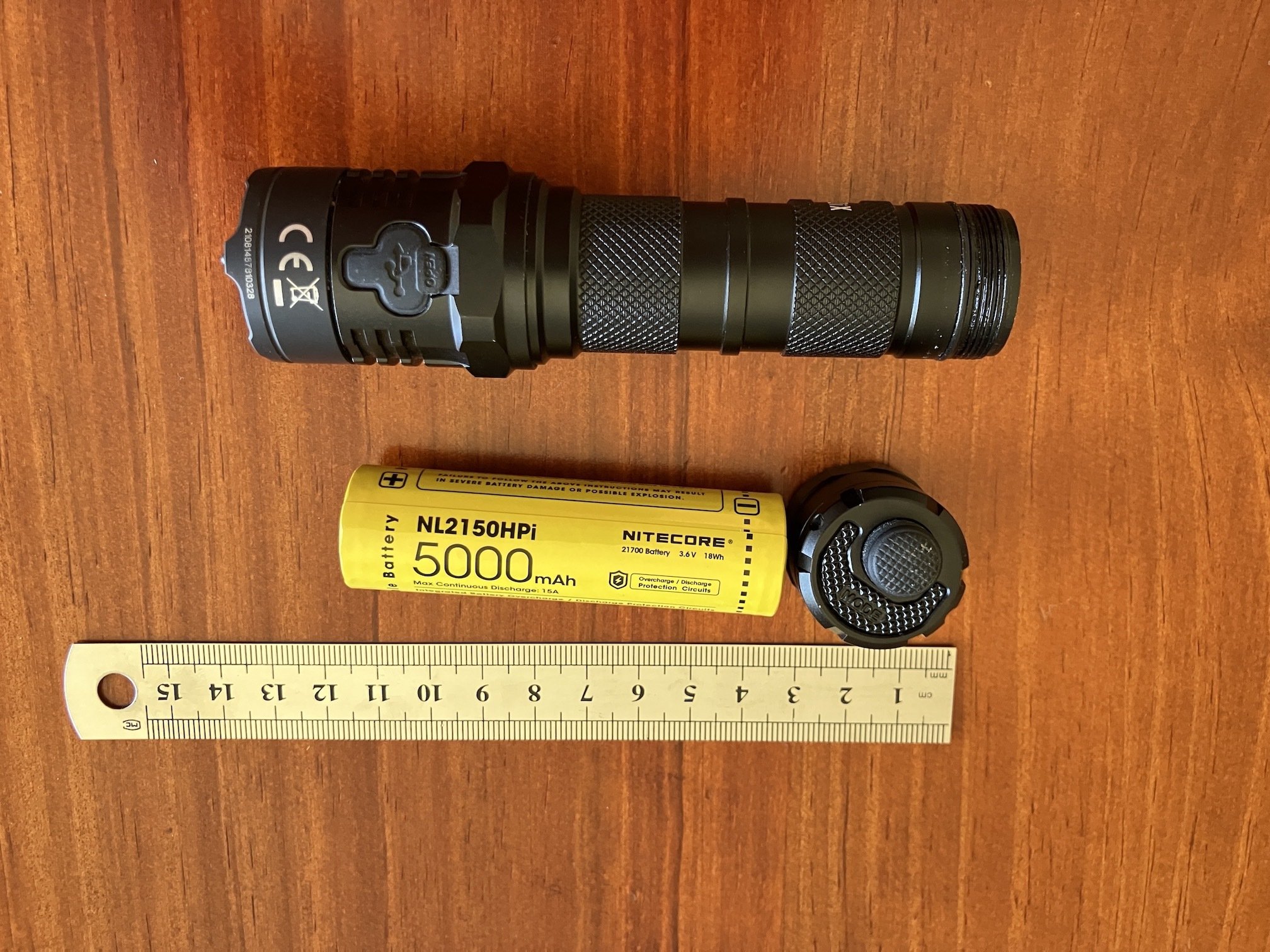
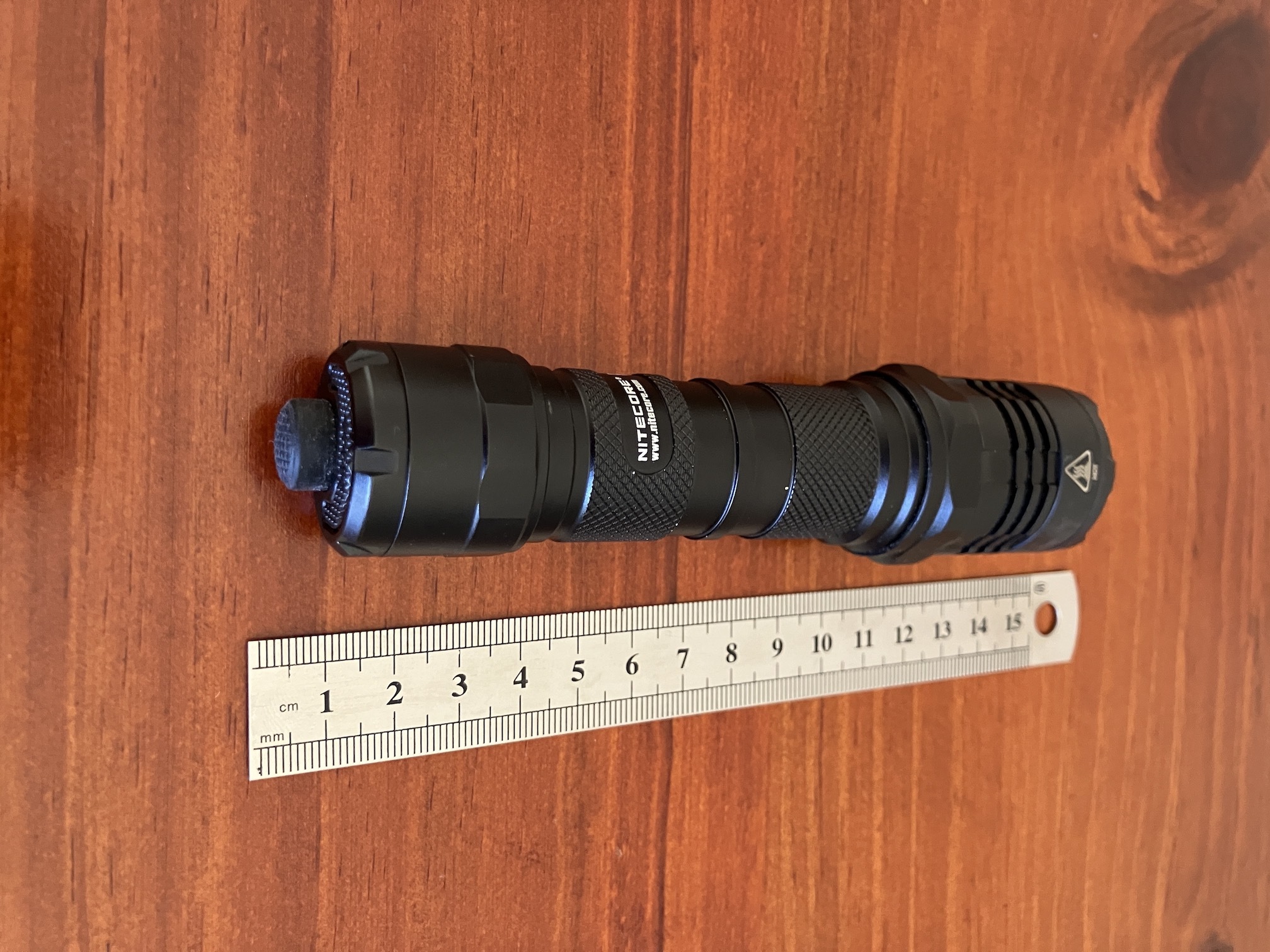
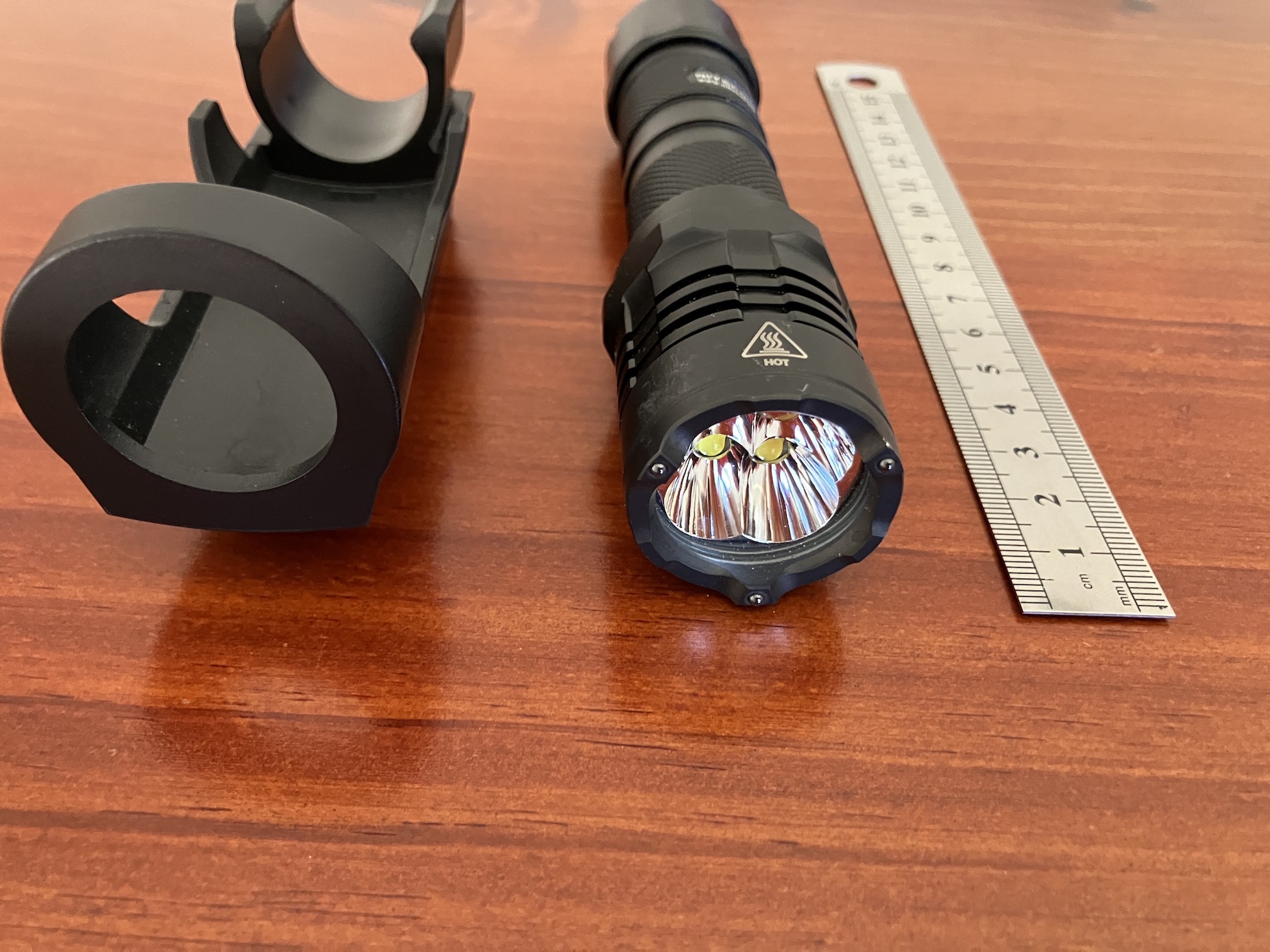
Love the effort you've put into this question. You've clearly done some quality research and thinking.
When I asked myself this same question a couple of years ago, I ended up just buying a second hand Synology NAS to use alongside my mini-pc. That would meet your criteria, and avoids the (I'm not sure what magnitude) reliability risk of using disks connected over USB. It's more proprietary than I'd like, but it's battle tested and reliable for me.